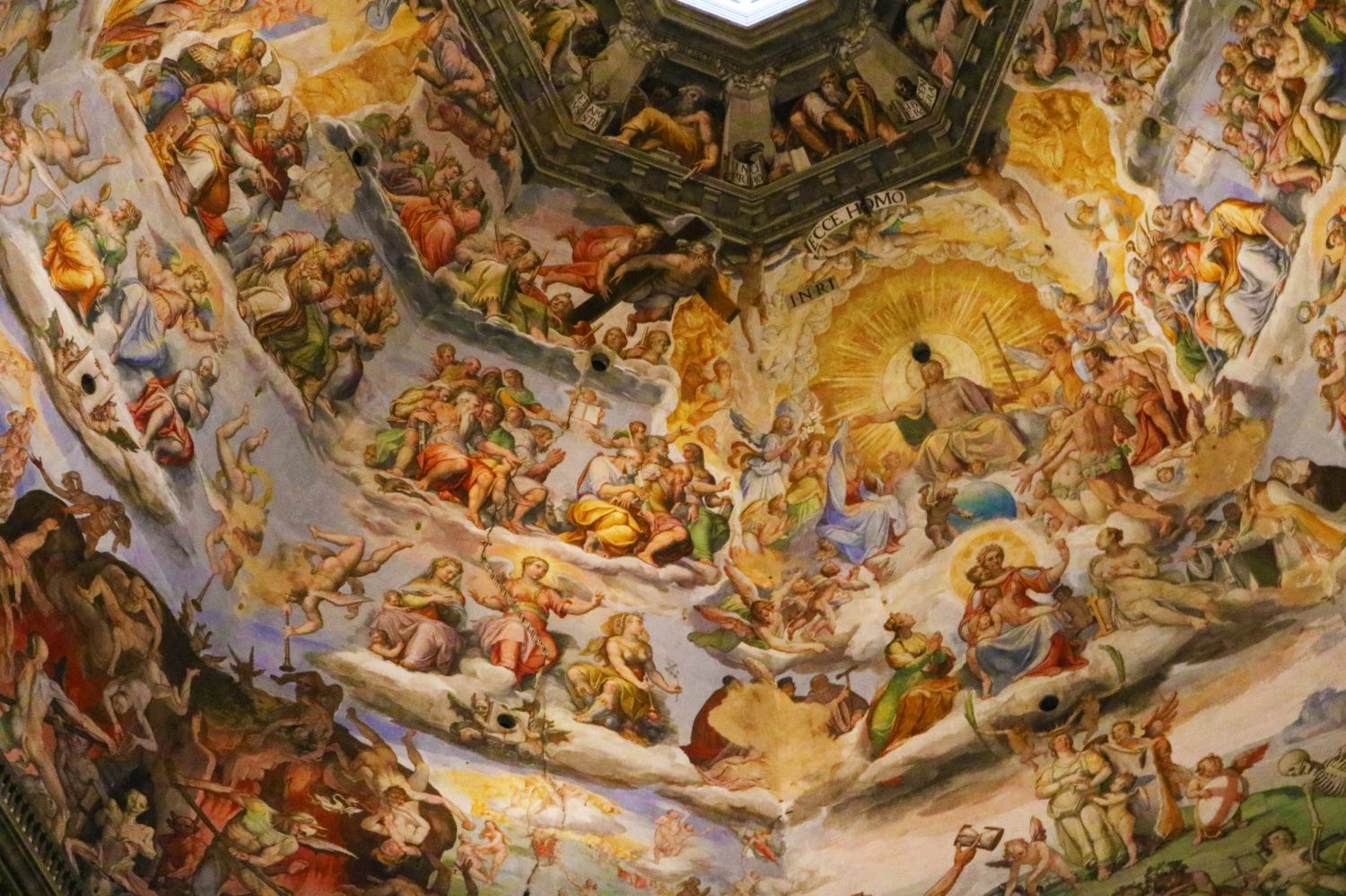







Starting from the Arch of Triumph of Constantine, you access the Palatine hill, the ancient Arcadian site of Pallanteo on which the Roman Romulus Rome originated. It is one of the seven hills of Rome, and looks on one side on the Circus Maximus and on the other on the Roman Forum. The Palatine Hill is famous for its Romulean huts and for its first republican and then imperial residences. From there, going down to the valley, you enter the famous Roman Forum (Foro Magnum), the true center of ancient Rome. The archaeological sites that are found there are the Temple of Vespasian, the arch of Septimius Severus and the Temple of Saturn. Further to the right is the clearing of the Basilica Giulia in front of the three columns of the Tempio dei Dioscuri.
The current final composition was started by Cesare and completed by Augusto. This archaeological area preserves the remains of the political, economic, legal and religious center of the ancient city of Rome. Even today it remains one of the symbols of the strength and power of Rome in the era of the emperors.
Built in the Flavian era under the Vespasian empire, the Colosseum was able to accommodate more than 85,000 people. The construction work lasted about 9 years and when construction was complete it became a clear symbol of the powers of Rome in the world. It was used to entertain the people of Rome by staging the famous gladiator shows.
The Colosseum, whose name derives from the term "Colossal", is extremely suggestive to visit and in 1980 it was included in the list of World Heritage Sites by UNESCO.
Available days: Every day
Bookable Starting Time: from 9:00 am to 4:00 pm
Duration: 3 hours
Available Languages:
All, on reservation
Adult rate: The rate depends on the number of people. CALCULATE YOUR OWN RATE!
Child rate: Children from 6 years to 17 years with ID- reduced price. Please insert number of people.
Meeting Point: In front of Costantino Triumph Arch